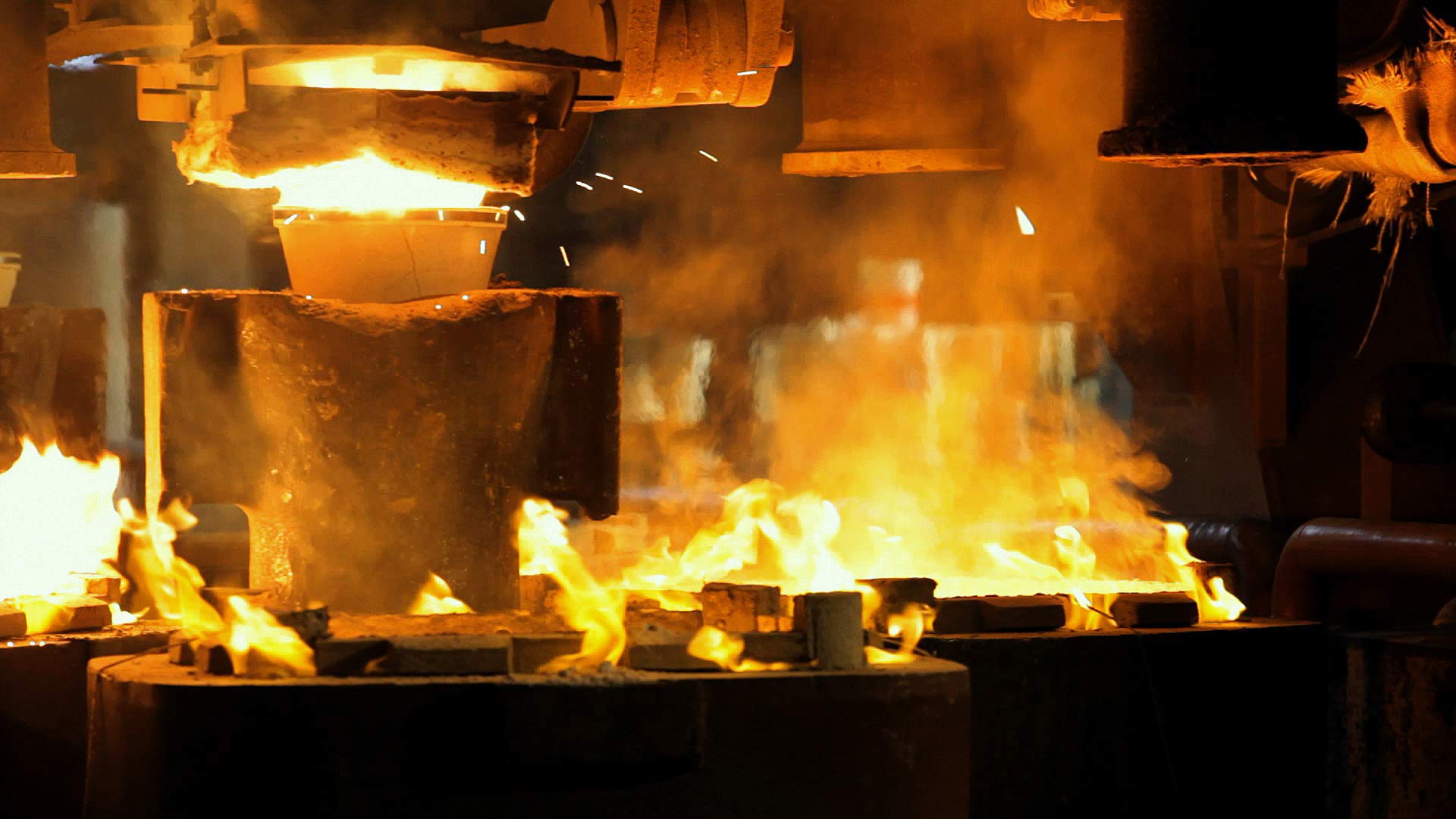Choose the measure unit in which display the data:
Valbruna Grade
MVAISL
Steel type
Austenitic Stainless Steel
Description of material
MVAISL is a low-carbon austenitic stainless steel with both good general corrosion and good intergranular corrosion resistance after welding processes. This grade is a Ca-treated stainless steel obtained by a special steel making practice whose aim is a calculated and precise control of non-metallic inclusions. These inclusions are characterized by a particular morphology and lubricating properties, which are able to improve machinability. This results in lower tool wear and higher chip-breaking due to the formation of a layer between the tool and the chip.
Applications
MVAISL is suitable for the fabrication of many products such as flanges, valves, bolting, pumps shafts, food /beverages industry equipment , storage tanks, contact with many organic chemicals and parts working in mild to medium corrosive environments.
Melting practices
Argon Oxygen Decarburization
Corrosion resistance
MVAISL is resistant to fresh water, many organic chemicals and inorganic compounds, atmospheric corrosion, rural applications and sterilizing solutions where the chloride level is very low. Pitting and crevice corrosion may occur in chloride environments if concentration, pH and temperature are at determinate levels. As with other standard austenitic grades, MVAISL suffers from stress corrosion cracking, about forty degrees ( C°) above room temperature and with certain levels of stress and halogen concentration. Strain hardened structures increase the risk of stress corrosion cracking. It should be noted that this grade, as for every kind of stainless steel, surfaces should be free of contaminant and scale, heat tint, and passivated for optimum resistance to corrosion.
Cold working
MVAISL is readily fabricated by cold working such as cold drawing and bending, but should only be used for a moderate amount of cold heading, because its chemical balance does not allow it to obtain a soft strain hardening structure after cold deformation, due to a high CWHF (Cold Working Hardening Factor). This could result in a rapid die wear. Valbruna produces other grades for these purpose such as AISR or AISRUH whose chemical balance provide the highest cold deformability and the lowest CWHF. However these grades have a poor machinability due to a low Sulfur content. Only MVAISRU (with Copper and Sulfur) should be used for severe cold heading. The experience is that this grade is required for its highest machinability and low strain hardening properties. MVAISL shouldn’t be used for high polishability or mirror finishing processes.
Machinability
MVAISL is not a Free Machining grade (FM) but rather an alloy with enhanced machinability characteristics. In terms of machinability, MVAISL stands between an intermediate position between standard and Free Machined grades but cannot compete with FM (such as AISI 303, EN 1.4305). MVAISL offers a lot of advantages in terms of productivity when compared to standard grades. The best performance are obtained when employing the correct machining parameters while using multi - spindle and automatic screw machines. However, Machinists should know that Austenitic grades are different from Ferritic and Alloy steels and require more rigid and powerful machines in addition to the correct choice of tools, coatings and cutting fluids. The Austenite structure is prone to transform in to α’Martensite caused by strain hardening of the tool on the surface of the work piece. The knowledge of this behavior must be correctly considered when a piece requires two or several cutting steps to be finished. The layer of α’Martensite is very hard and, if the subsequent turning or milling processes work on this hardened layer, a rapid tool wear could happen. The tool must work under this layer.
Weldability
MAISL has a different behavior when compared to standard grades of similar alloy composition due to its special steel making process because its Calcium –treated process influences the surface tension of liquid and the regular morphology and geometry of the fused (weld) zone. Using the correct filler may reduce or overcome the difficulties of geometry. MVAISL has a special chemical composition which helps to avoid solidification cracks in the fused-zone of autogenous welds due to a special Ferrite balance. In solid state joining such as Friction Welding, MVAISL may not provide a quality bond line.
Hot working
MVAISL is not specifically designed for hot working and is usually supplied as cold finished round, hexagonal, flat and square bars for machining processes. If a suitable level of machinability is desired on forged pieces (such as flanges, rolled rings, closed - die forgings) a special grade similar to MVAISL can be supplied. Valbruna produces a group of grades with different process and with low Ferrite. For instance: AISLF (instead of MVAISL). However, open die forging of large ingots and shapes of MVAISL have a good hot plasticity if suitable soaking and the right temperature are applied. No preheating is required. Small forgings can be cooled rapidly in air or water.
Designations
| AISI | 304/304L |
|---|---|
| W.N. | 1.4301/1.4307 |
| UNS | S30400/S30403 |
| EN | X5CrNi18-10/X2CrNi18-9 |
| BS | 304S15/304S31 |

